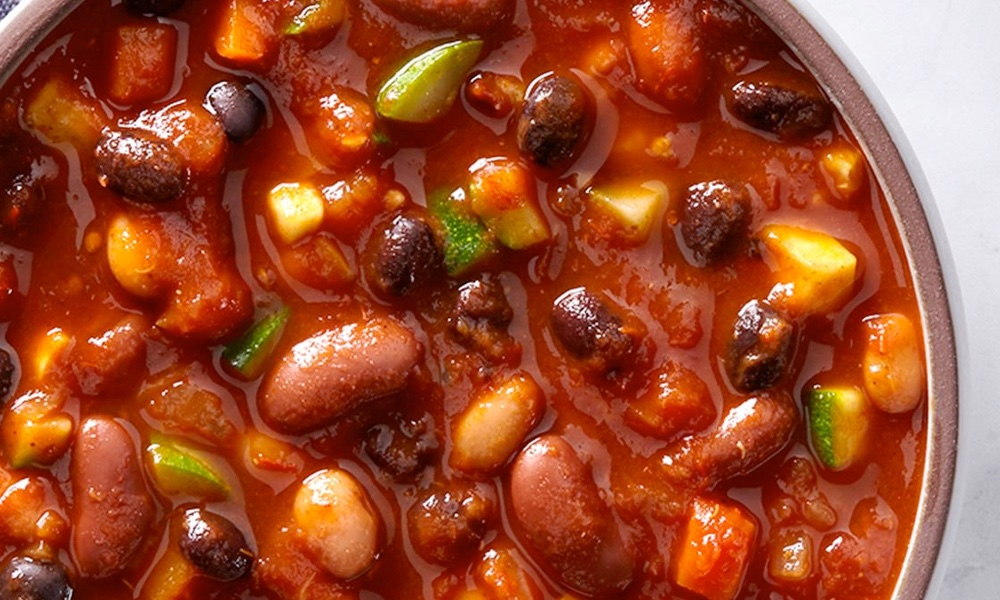If you want your preschooler to eat more fruits and vegetables, give them smaller portions - of the main dish, that is.
Researchers at The Pennsylvania State University in University Park found that giving preschool children smaller portions of the entrée at the lunch meal resulted in greater consumption of fruit and vegetables and a smaller intake of calories.
Young children are not likely to make balanced food choices on their own when presented with large portions of a main dish that they like, so parents need to guide them by presenting with them age-appropriate servings.
Seventeen kids in a Pennsylvania preschool were served six different variations of the same meal one day a week for lunch. The main dish was macaroni and cheese, and the amount served varied from less than half a cup to more than a cup and a half. The lunch menu also included green beans, unsweetened applesauce, a whole grain roll, and milk.
The number of calories the kids consumed for lunch varied with the size of the main dish as well. When served the largest portion of the entrée, they ate an average of 506 calories. With the smallest portion, they consumed 315 calories.
As with adults, children fall short in the consumption of fruits and vegetables, and these findings may provide parents with another tool to encourage their kids to eat more produce. When children fill up on mac and cheese or chicken strips or spaghetti, their intake of fruits and vegetables will surely suffer.
Parents need to be certain they are serving their children age-appropriate portions of food. Appropriate servings of food per day for young children by food group are: Grains, 3-4 ounces; vegetables, 1 1/2 cups; fruit, 1 1/2 cups; milk, 2 cups; meats, 2-3 ounces.
In general, the range of calories recommended for children two to five years old is 1,000 to 1,600, and servings sizes are about half of the suggested portion sizes for adults. One way a parent can decide if they are serving appropriate amounts of food is to check their child's lunch box, see what wasn't eaten, and talk to their child about it. Observing what they leave on their plates at home will accomplish the same thing.
The study was published online in the American Journal of Clinical Nutrition.




